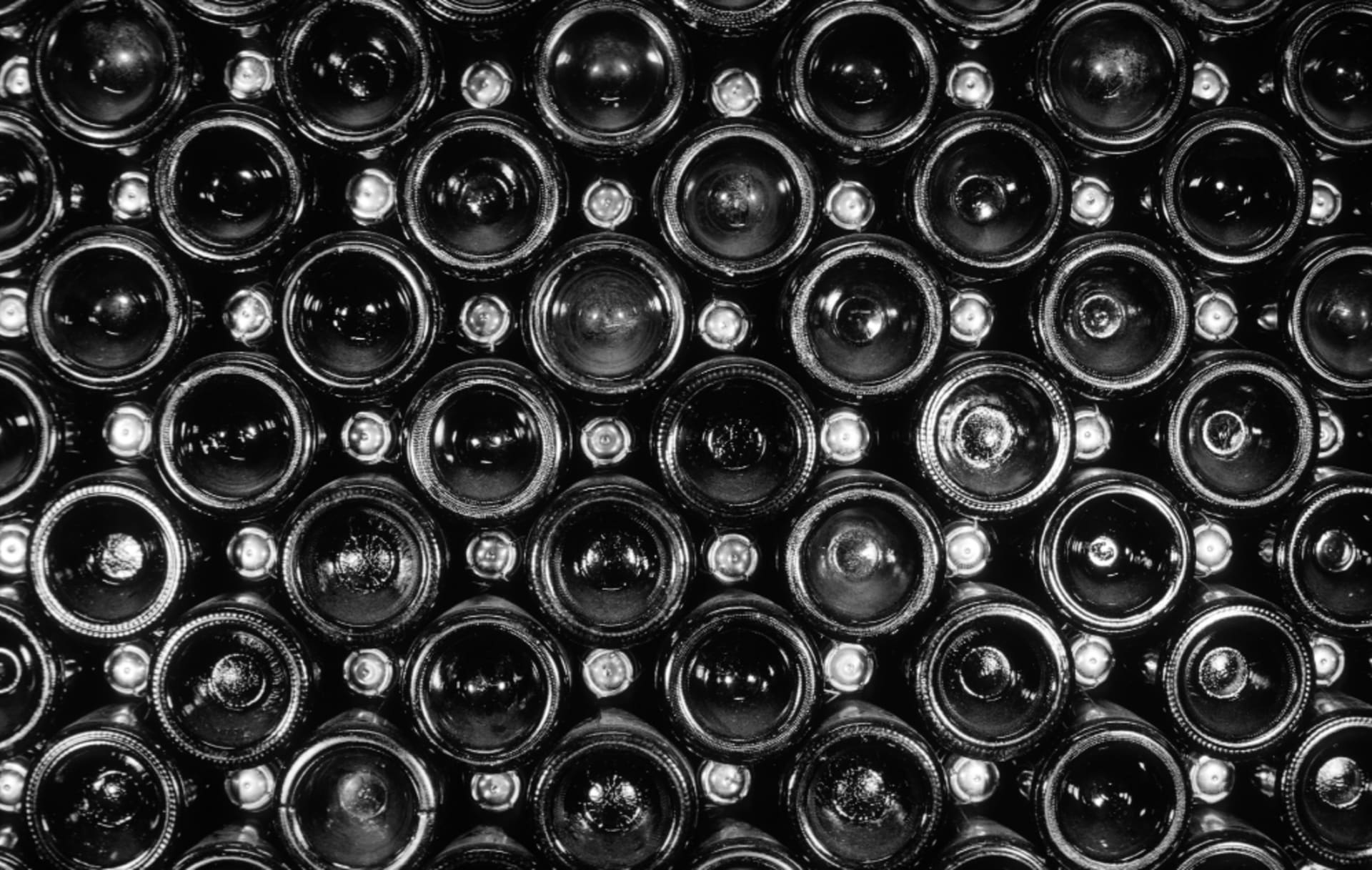SPARKLING WINE
Obtaining clean and faultless musts is a fundamental requirement for producing quality sparkling wines. The “prise de mousse” in fact accentuates, for better or worse, all the notes present in wines.
Unlike still wines, where it is important to emphasise certain notes, in sparkling wines what is fundamental is aromatic complexity. This is because CO2 significantly increases the perception of all notes. The olfactory perception threshold of a base wine, in fact, is lowered considerably in sparkling wines, especially with regard to faults. An overwhelming bouquet would therefore be detrimental to the quality of the olfactory balance.
BASE WINES AND SPARKLING WINES
GRAPH OF BALANCE AND PERCEPTION OF SENSATIONS
ALCOHOLIC FERMENTATION FOR THE PRODUCTION OF BASE WINE
In this illustrative diagram, we graphically represent the balance and perception of sensations returned by some of our yeasts.
CHOICE OF THE YEAST
GRAPH OF BALANCE AND PERCEPTION OF SENSATIONS
- FERMOL Charmat accentuates light fruit and citrus aromas, while respecting the varietal profile
- LEVULIA Cristal enables the production of fine and elegant sparkling wines
- FERMOL Chardonnay tends to develop intense fruity notes, typical of the variety from which it takes its name, and more subtle floral notes
- FERMOL Fleur is reminiscent of white flowers, with balsamic and menthol notes that are clearly perceptible, while FERMOL Lime recalls citrus aromas, with hints of aromatic herbs. Both make for a wine with a very delicate profile
- FERMOL PB2033 emphasizes floral and fruity aromas; particularly in rosé base wines it is reminiscent of forest berries
THE AGING BEFORE THE SECOND FERMENTATION
Once alcoholic fermentation is complete, we move on to aging, or élevage, which is also fundamental for optimising the aromatic profile and directing the style of the wine.
During aging it is possible to correct small imperfections that may have occurred at the end of fermentation thanks to the use of specific clarifying agents, such as VE-GEL, based on vegetable proteins and yeast, ideal for vegan sparkling wines, and GELSOL, which stabilises colour and taste by modulating (qui invece di modulating metterei “fine tuning”) the presence of proanthocyanidins, the molecules most often involved in oxidation processes. Furthermore, the combination with bentonites (such as BENTOGRAN) guarantees ideal deproteinisation for sparkling wines, making, together with SPINDASOL BK, clarification bottoms more compact. Finally, WINEGLASS and POLYGEL W attenuate the yellow notes of polyphenols in white wines and retain fragrance and aroma for longer.
The use of specific clarifiers has many purposes. Among these are of great importance for the quality of the finished product:
- the research for a frank and clear initial mouthfeel
- a good structure
- a long and elegant finish in the mouth
TREND CHART OF THE ORGANOLEPTIC PERCEPTION OF WINE
THE TASTE BALANCE OF THE CUVÉE
A perfect balance of the cuvée enhances elegance in synergy with the “dosage” after fermentation. The balance takes place between alcohol and glycerine, acidity and sweetness, and finally polyphenols, tannins and mannoproteins.
In particular, the acid sensation must be assessed and corrected during all stages of vinification up to bottling. This is because acid mouthfeel in sparkling wines is a complex and distinctive aspect, being linked to the dosage of sugars in the final product.


1. Separation of the must,
which allows pH management and consequently wine evolution and taste
2. Acidification of must and base wine,
which is fundamental for the desired types of wine, also by virtue of tartaric stability
3. Malolactic fermentation,
which influences the polyphenolic perception of wines in the mouth and defines the taste sensation
The range of products recommended on this page is indicative.
For more information, contact the branch or sales service of the country of reference.


 CIDER
CIDER

 China
China
 France
France
 Germany
Germany
 United Kingdom
United Kingdom



